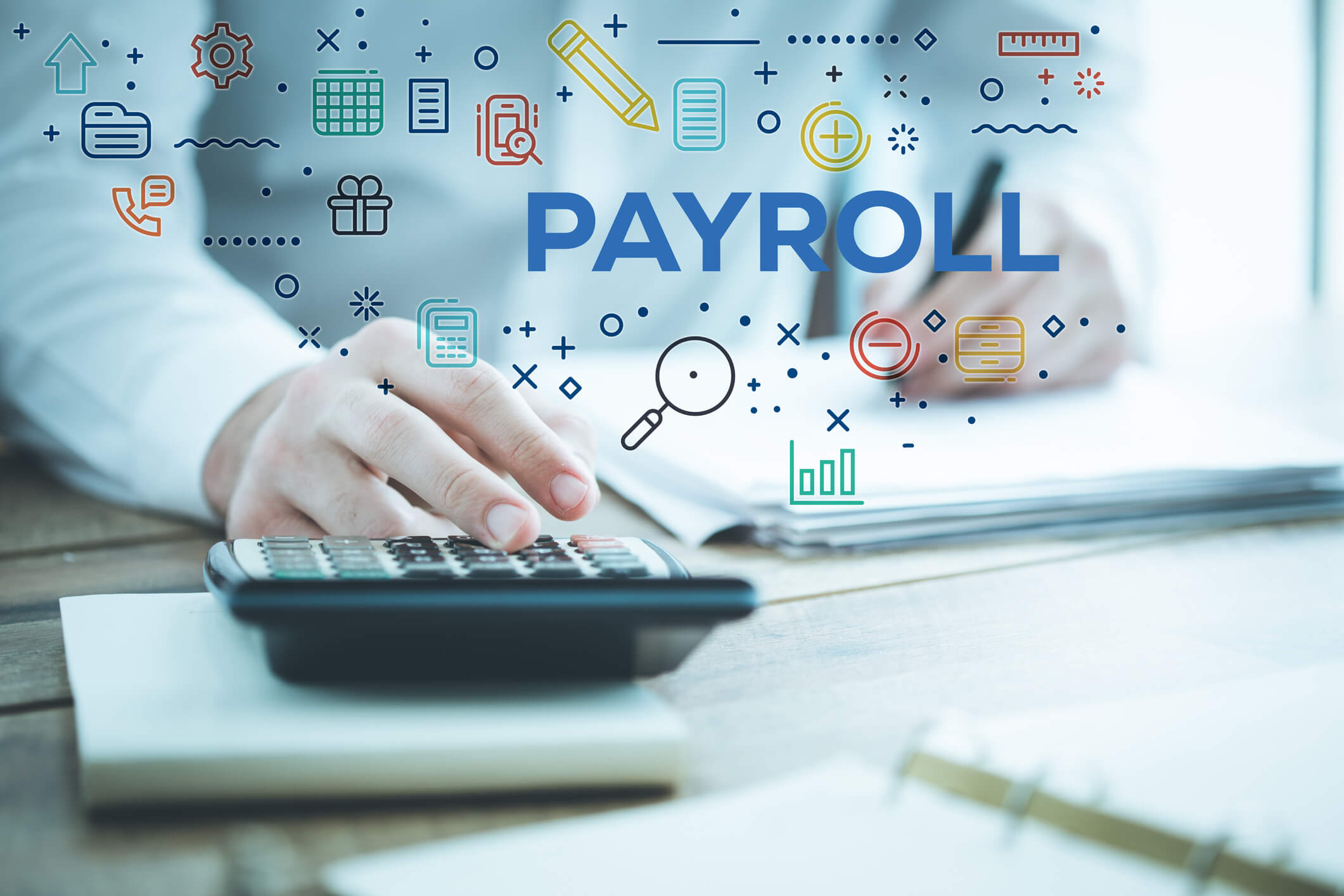Boost Your Business with Top Accounting Practice Management Tools
Accounting practice management software streamlines your firm’s operations by integrating client management, workflow automation, time tracking, billing, and document sharing into one unified platform that eliminates manual processes and reduces errors by up to 90%. These comprehensive solutions transform how accounting firms operate, enabling teams to handle 30-50% more clients without adding staff while maintaining exceptional service quality.
As the founder of Complete Controller, I’ve witnessed firsthand the revolutionary impact of implementing the right practice management tools across hundreds of businesses over two decades. The firms that thrive in today’s competitive landscape are those leveraging technology to automate routine tasks, with recent data showing the global accounting practice management software market is projected to reach $1.4 billion by 2029—a clear signal that forward-thinking firms recognize these tools as essential for growth. In this article, you’ll discover the core features that define elite software, gain a proven implementation roadmap, calculate real ROI, and learn strategies for maintaining the human touch while embracing automation.

What is accounting practice management software, and how can it transform your business?
- Accounting practice management software centralizes workflows, automates repetitive tasks, and provides real-time visibility into firm operations
- Key transformation: Reduces administrative time by 30%, increases client capacity by 20%, and improves billing accuracy by 90%
- Core benefits include automated task routing, integrated client portals, seamless software integrations, and performance analytics
- Small firms experience the most dramatic improvements, often doubling their efficiency within six months
- ROI typically materializes within 6-12 months through reduced operational costs and expanded revenue opportunities
The Core Features That Define Top Accounting Practice Management Tools
Modern accounting practice management platforms go far beyond basic task lists. The most effective solutions combine sophisticated workflow automation with intuitive client collaboration features that fundamentally change how firms operate.
Workflow automation and task management
Elite platforms like Karbon and Financial Cents use artificial intelligence to predict bottlenecks before they occur, automatically routing tasks based on team capacity and deadlines. These systems eliminate the chaos of email-based task management, creating transparent workflows where every team member knows their priorities. Firms using advanced workflow automation report saving three hours per employee weekly—time that translates directly into billable work or strategic planning.
Client collaboration portals
Secure client portals have evolved from nice-to-have features to essential components of modern practice management. Platforms like Mango Practice Management offer password-less access, integrated e-signatures, and real-time project tracking that clients can access 24/7. One mid-sized firm in California implemented Keeper’s all-in-one solution and reduced their month-end close time by 40% while improving client response times by 60%, proving that the right portal transforms both internal efficiency and client satisfaction.
Integration capabilities
The best practice management software seamlessly connects with your existing accounting ecosystem. Tools like Zoho Practice sync automatically with QuickBooks, Xero, and other major platforms, eliminating dual data entry and reducing reconciliation errors. This integration depth extends beyond accounting software to include CRM systems, communication tools, and document management platforms, creating a truly unified operational environment.
Your Step-by-Step Implementation Roadmap
Successfully implementing practice management software requires strategic planning and phased execution. The difference between firms that struggle with adoption and those that thrive lies in their approach to change management.
Assessing your firm’s needs
Start by mapping your current workflows to identify specific pain points. Small firms often need task automation first, while larger practices may prioritize client portals or advanced reporting. Document where time gets lost, errors occur most frequently, and client complaints arise. This audit forms the foundation for selecting software that addresses your unique challenges rather than forcing your firm to adapt to generic features.
The 90-day implementation timeline
Week 1-4 focuses on data migration and core system setup. Import client information, establish user permissions, and configure basic workflows. Week 5-8 involves intensive team training and pilot testing with select clients. This phase reveals customization needs and workflow adjustments. Week 9-12 marks full deployment, with continuous refinement based on team feedback. Leinonen Estonia, a 300-employee firm across 11 countries, followed this phased approach with Uku and achieved 25% higher staff output within six months.
Overcoming common implementation challenges
Resistance to change remains the biggest hurdle. Combat this by involving team members early in the selection process and highlighting personal benefits like reduced overtime and eliminated repetitive tasks. Create internal champions who can support colleagues during the transition. Address the “we’ve always done it this way” mindset by demonstrating quick wins—show how automated reminders prevent missed deadlines or how client portals reduce email volume by 60%.

Cost vs. Value: Calculating the ROI of Practice Management Software
Understanding the true financial impact requires looking beyond subscription fees to measure comprehensive returns on your technology investment.
Breaking down the real costs
Initial expenses include software subscriptions ($30-100 per user monthly), implementation support, data migration, and training time. Hidden costs might include temporary productivity dips and integration setup. A 10-person firm typically invests $15,000-25,000 in year one, including all setup and training expenses.
Measuring tangible returns
Firms using practice management software report saving approximately 3,100 hours annually for a 20-person team, translating to $600,000+ in potential revenue. Additional returns come from:
- Reduced administrative labor costs: $12,000 annual savings
- Lower client acquisition costs: $3,500 annual savings
- Decreased error correction expenses: $3,800 annual savings
- Expanded client capacity without new hires: 20% revenue growth
Intangible value drivers
Beyond hard numbers, consider client retention improvements (15-30% increase), enhanced team satisfaction, and scalability benefits. The ability to take on more complex, higher-value clients while maintaining quality creates compounding returns over time.
Balancing Automation and Team Dynamics: Keeping Your Firm Human
Technology should amplify human capabilities, not replace meaningful relationships. The most successful firms use automation to eliminate mundane tasks while freeing professionals for strategic advisory work.
Redefining team roles
As software handles data entry and routine communications, accountants transition into trusted advisors. This shift requires upskilling programs focused on consultative selling, strategic planning, and industry specialization. Teams that embrace this evolution report higher job satisfaction and better client outcomes.
Maintaining firm culture
Virtual environments don’t mean sacrificing culture. Schedule regular video check-ins, celebrate wins publicly, and create digital spaces for informal interaction. One firm implemented “virtual coffee breaks” where team members discuss non-work topics, maintaining the spontaneous connections that build strong cultures.
Building Client Trust in an Automated World
Transparency transforms skepticism into enthusiasm. Clients initially wary of technology often become the strongest advocates once they experience the benefits firsthand.
The trust-building conversation
During onboarding, explain how automation enhances rather than replaces personal service. Emphasize faster response times, improved accuracy, and 24/7 access to their financial information. Share specific examples: “While our software handles routine data entry, I’ll have more time to analyze trends and provide strategic advice tailored to your business goals.”
Handling resistance
When clients express a preference for “the old way,” they share success stories from similar businesses. For example, a mid-sized corporate law firm automated its invoicing and compliance processes, reducing billing cycles by 30% while improving accuracy. These concrete examples help skeptics visualize benefits in their own context.
Final Thoughts
The accounting profession stands at a pivotal moment where technology adoption separates thriving firms from those merely surviving. With only 46% of firms currently using practice management software despite 88% acknowledging technology’s efficiency benefits, the opportunity for competitive advantage remains significant. The global market’s projected growth to $1.4 billion by 2029 signals that industry leaders recognize these tools as non-negotiable for future success.
I’ve guided hundreds of businesses through digital transformation, and the pattern remains consistent: firms that embrace comprehensive practice management solutions see immediate efficiency gains and long-term strategic advantages. The journey requires commitment, but the destination—a more profitable, scalable, and satisfying practice—justifies the effort. Ready to transform your accounting practice? Contact the experts at Complete Controller to discover how our proven implementation strategies can accelerate your firm’s growth while maintaining the personal touch your clients value.

Frequently Asked Questions About Accounting Practice Management Software
What exactly does accounting practice management software do?
Accounting practice management software combines multiple operational functions—client management, workflow automation, time tracking, billing, document sharing, and reporting—into one integrated platform. It replaces scattered spreadsheets, emails, and manual processes with streamlined digital workflows that reduce errors and save time.
How much should a small firm budget for practice management software?
Small firms typically spend $30-70 per user monthly for comprehensive solutions. Total first-year investment, including setup and training, ranges from $5,000-15,000 for firms under 10 people. Most firms recover this investment within 6-12 months through efficiency gains.
Will practice management software work with my existing QuickBooks setup?
Yes, leading practice management platforms integrate seamlessly with QuickBooks, Xero, and other major accounting software. These integrations sync data automatically, eliminating duplicate entry while maintaining QuickBooks as your financial system of record.
How long does it take to fully implement new practice management software?
With proper planning, most firms achieve full implementation within 60-90 days. The timeline includes data migration (2-3 weeks), team training (3-4 weeks), and gradual client onboarding (4-6 weeks). Larger firms may require additional time for complex workflow customization.
What if my team resists switching from our current processes?
Resistance is natural but manageable. Involve team members in software selection, emphasize personal benefits (less overtime, fewer repetitive tasks), and implement gradually with strong support. Studies show that firms with clear change management strategies achieve 70% faster adoption rates.
Sources
- The Business Research Company. “Global Accounting Practice Management Software Market Size.” 2024. www.thebusinessresearchcompany.com/market-insights/accounting-practice-management-software-global-market-report-2024
- ClientWindow. “Top Accounting Practice Management Tools.” December 2024. www.clientwindow.com/top-accounting-tools
- Keeper.app. “Best Bookkeeping Practice Management Software in 2025.” January 2025. www.keeper.app/best-bookkeeping-software
- MangoPractice. “Top 6 Practice Management Software for Accountants.” November 2024. www.mangopractice.com/top-software
- TaxDome Blog. “The 12 Best Accounting Practice Management Software.” January 2025. www.taxdome.com/blog
- GetUku. “Top 6 Accounting Workflow Management Software of 2025.” May 2025. www.getuku.com/workflow-software
- Firm360. “The ROI of Switching to a Modern Practice Management Solution.” 2024. www.myfirm360.com/blog
- IRIS Global. “Guide To Accounting Practice Management Software.” April 2025. www.irisglobal.com/guide
- Financial Cents. “Accounting Practice Management Software.” June 2025. www.financialcents.com
- The Access Group. “Choosing the Right Accounting Practice Management Software.” September 2024. www.theaccessgroup.com
- Rightworks. “2024 Accounting Firm Technology Survey.” 2024. www.rightworks.com/news/2024-accounting-firm-technology-survey
- PageLightPrime. “Case Studies of Successful Implementations of Legal Accounting Software.” 2024. www.pagelightprime.com/blogs/legal-accounting-software-case-study
- Eurostat. “Cloud Computing Services in the EU.” 2023. ec.europa.eu/eurostat
- CPA Practice Advisor. “Survey Results Are In: Charting the Future of Accounting.” September 2024. www.cpapracticeadvisor.com
- Investopedia. “Return on Investment (ROI).” www.investopedia.com/terms/r/returnoninvestment.asp
- Wikipedia. “QuickBooks.” en.wikipedia.org/wiki/QuickBooks
- Wikipedia. “Customer Relationship Management.” en.wikipedia.org/wiki/Customerrelationshipmanagement
 About Complete Controller® – America’s Bookkeeping Experts Complete Controller is the Nation’s Leader in virtual bookkeeping, providing service to businesses and households alike. Utilizing Complete Controller’s technology, clients gain access to a cloud platform where their QuickBooks™️ file, critical financial documents, and back-office tools are hosted in an efficient SSO environment. Complete Controller’s team of certified US-based accounting professionals provide bookkeeping, record storage, performance reporting, and controller services including training, cash-flow management, budgeting and forecasting, process and controls advisement, and bill-pay. With flat-rate service plans, Complete Controller is the most cost-effective expert accounting solution for business, family-office, trusts, and households of any size or complexity.
About Complete Controller® – America’s Bookkeeping Experts Complete Controller is the Nation’s Leader in virtual bookkeeping, providing service to businesses and households alike. Utilizing Complete Controller’s technology, clients gain access to a cloud platform where their QuickBooks™️ file, critical financial documents, and back-office tools are hosted in an efficient SSO environment. Complete Controller’s team of certified US-based accounting professionals provide bookkeeping, record storage, performance reporting, and controller services including training, cash-flow management, budgeting and forecasting, process and controls advisement, and bill-pay. With flat-rate service plans, Complete Controller is the most cost-effective expert accounting solution for business, family-office, trusts, and households of any size or complexity.
 Reviewed By:
Reviewed By:















